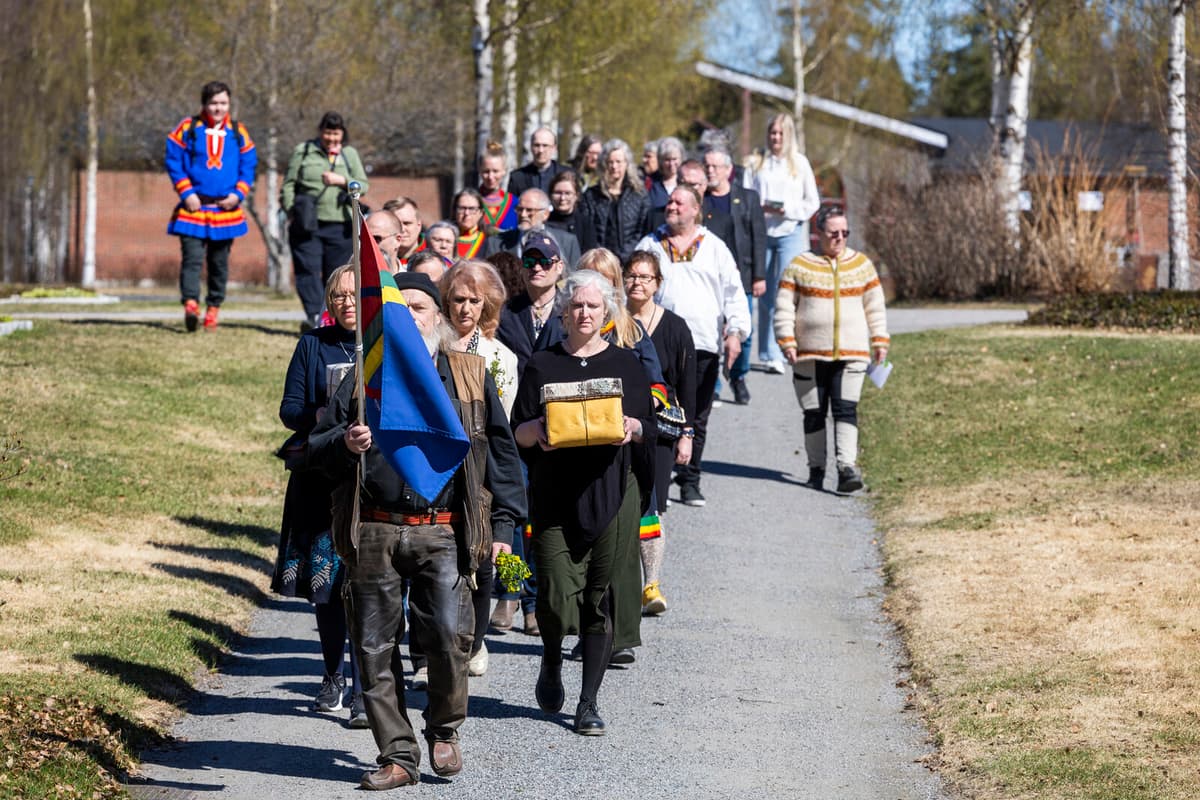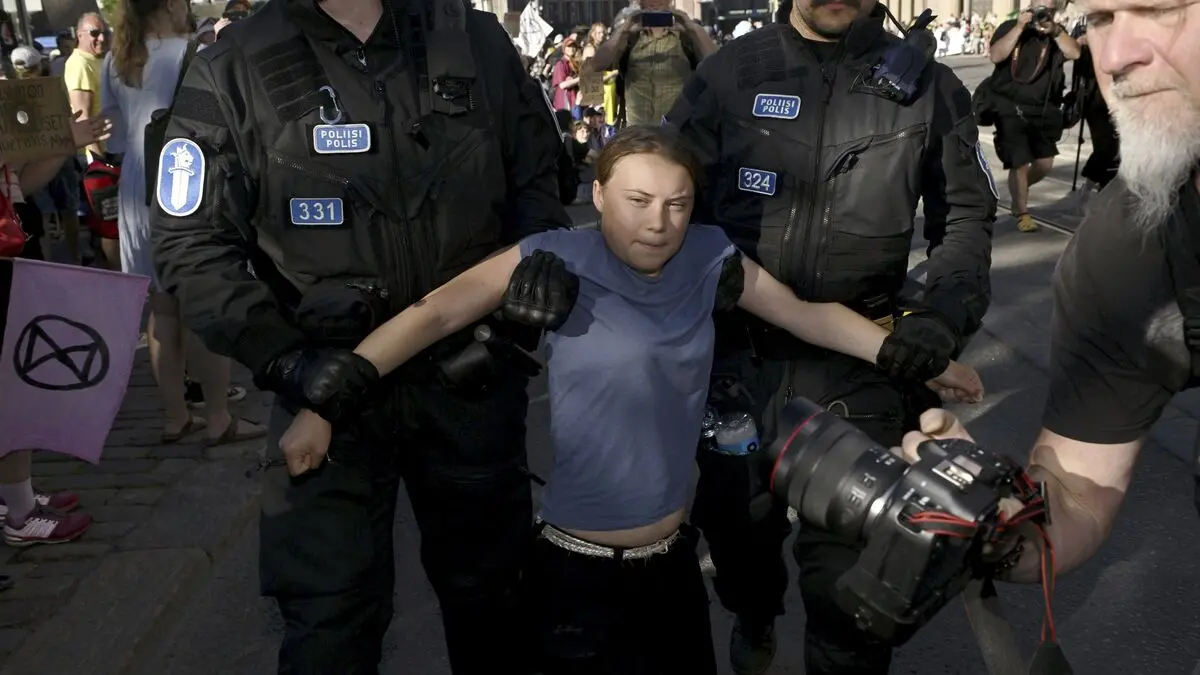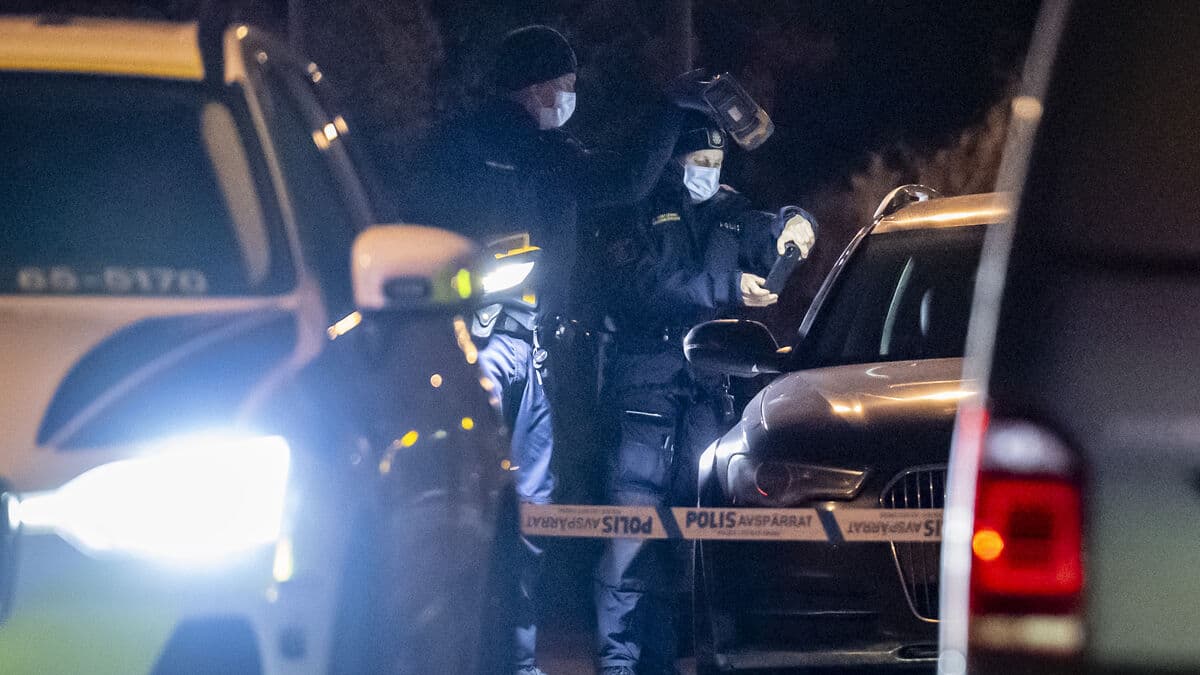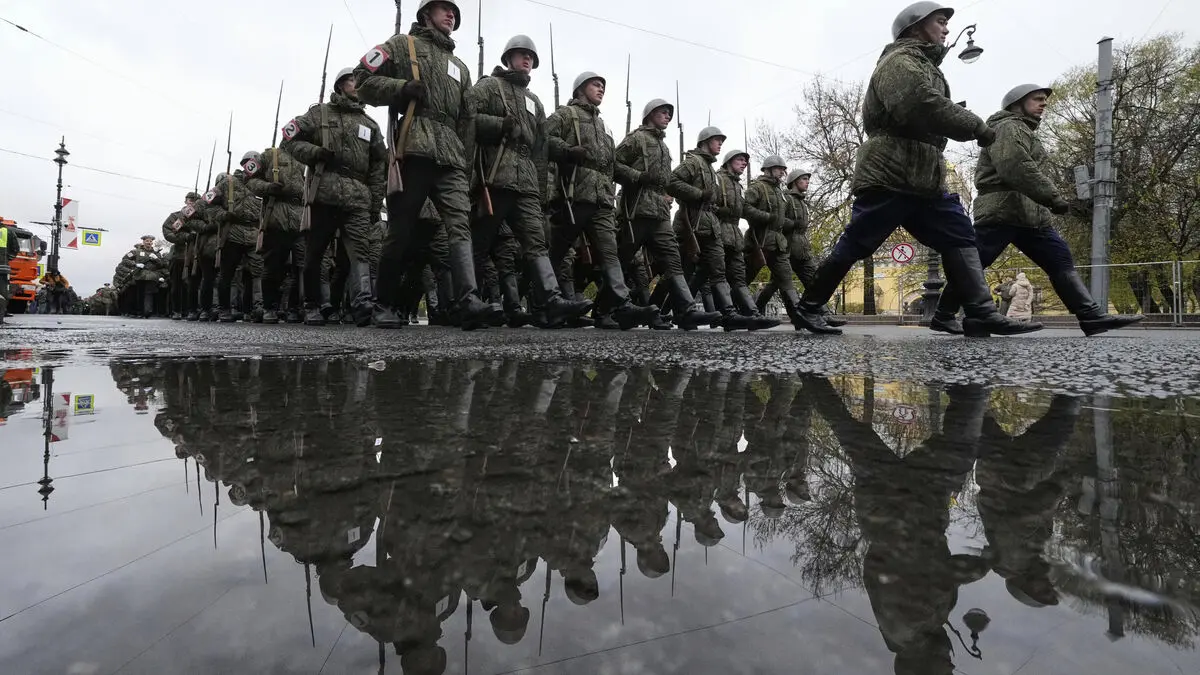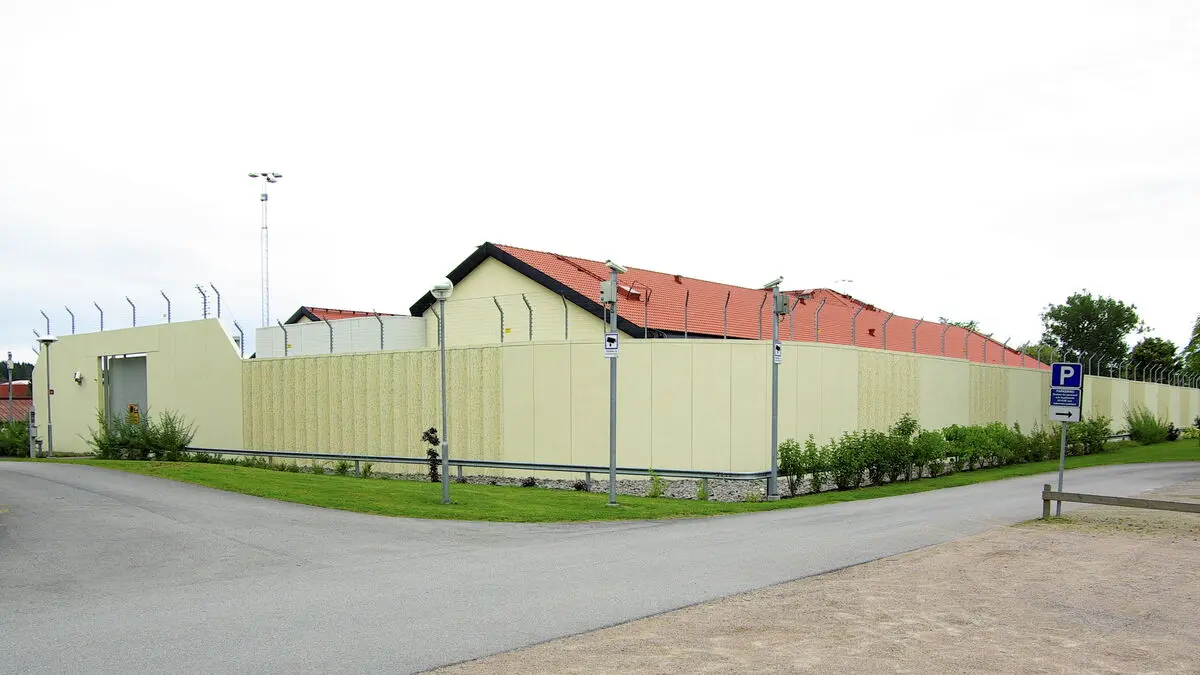One does not know much about the two Sami people, except that they were men and that their skulls were considered valuable for racial biology research. The skulls were taken to Lund University in 1875 and have been part of the university's anatomical collection.
Now, the remains have been returned to Sápmi region and the area where they belong, at the request of the Lule-Boden Sami Association.
It's an open wound that people have been dug up from their graves because they are Sami, and for the purpose of portraying Sami people as inferior. But now we're closing the wound and ending the story of these two people, says Jonathan Sagelind, the association's chairman.
In connection with Lund University's decision to grant the association's request, Sara Virkelyst, administrative head at the university management, told Sydsvenskan:
For the university, this is a way to reconciliation between the state and the Sami people.
Jonathan Sagelind emphasizes that the cooperation with Lund University, the National Heritage Board, and the Church of Sweden has worked well.
But it shouldn't have to be Sami people who engage and drive the process for a reburial to take place. It's important that the Swedish state takes more responsibility, says Jonathan Sagelind.
During the ceremony, Ann Kristin Wallengren, vice-rector at Lund University, handed over birch coffins with the remains to representatives of the Lule-Boden Sami Association. The coffins were buried at the Nederluleå cemetery in Gammelstad.
The first Sami repatriation on Sami territory took place in 1997.
In 2002, a Sami skeleton was returned from the Nordic Museum in Stockholm to the cultural reserve Atoklimpen Tärnafjällen, where it was reburied.
In August 2019, the largest repatriation of Sami human remains in Sweden was carried out at Gammplatsen in Lycksele. The remains of 25 people were then returned to their original resting place. The remains had been dug up in 1950 and sent to the Historical Museum.
Source: The Sami Parliament
